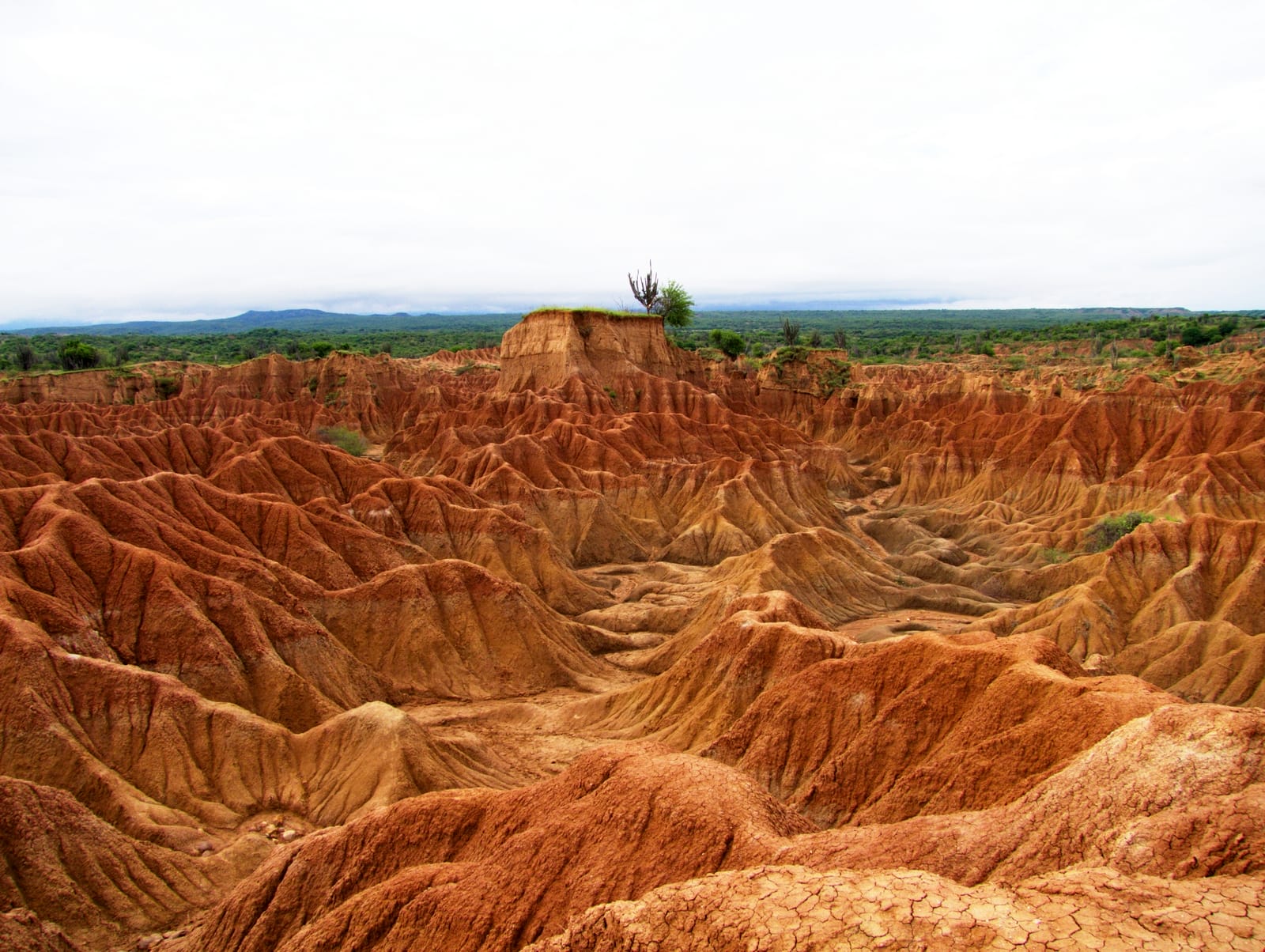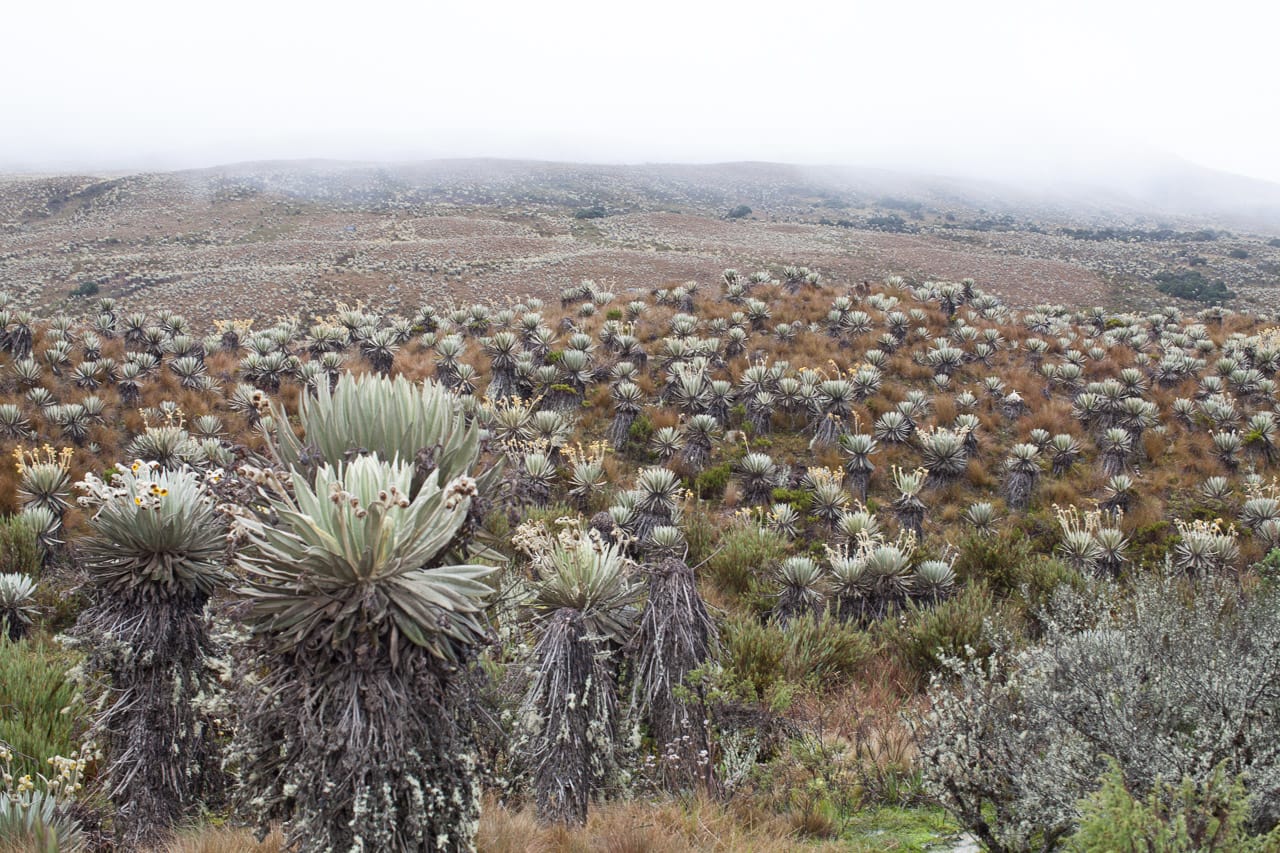One year after the launch of the White Paper on the Future of Environmental Peacebuilding, Oli Brown and Carl Bruch reflect on what has been done and what is left to do to fully integrate environmental concerns into conflict resolution.
The guillotine and the sans-culottes are maybe among the most common things associated with the French Revolution. However, a more lasting legacy is universal suffrage. This was based, among other things, on the mathematical findings of the Marquis de Condorcet. He argued that the more people who participate in a vote, the better the chance of finding the right answer to even the most difficult of questions.
In the face of rising instability, environmental degradation, and the climate crisis, we need to emulate Condorcet to listen to different ideas from around the world, find better solutions, and implement diverse environmental peacebuilding approaches.
The White Paper on the Future of Environmental Peacebuilding was launched a year ago today. The year since has been tumultuous: the full-scale invasion of Ukraine was launched by Russia the same month we launched our White Paper. The year has also witnessed civil war and human rights atrocities in the Tigray region of Ethiopia, seemingly endless conflicts in Syria and Yemen, worsening gang violence in Haiti, and simmering tensions in the South China Sea.
Meanwhile, the impacts of climate change have been intensifying, with 2022 and early 2023 breaking records with droughts, flooding and hurricanes, and other disasters affecting communities around the world. According to the Intergovernmental Panel on Climate Change, more than 40% of the world’s population live in places and in situations that are “highly vulnerable to climate change”. Increasingly, climate stress and extremes are compelling people to migrate, but there are few places willing or able to accept large numbers of migrants. With 2023 predicted to break even more temperature records, these impacts are likely to further undermine human and international security.
Leveraging the wisdom of crowds in a way that would have made Condorcet proud, the White Paper brought forth new approaches and ideas on these issues and presented a range of recommendations at the heart of environmental security nexus. Some of these options were known, others were innovative, but they all helped to reinforce and expand the field of environmental peacebuilding.
The White Paper showcases many different approaches to the complex interplay of environmental degradation, climate change, and conflict. They prove that there are things we can do and that hope is warranted: whether from interstate environmental diplomacy (for example, the Green Blue Deal for the Middle East and transboundary peacebuilding through mountain gorilla conservation), the power of local community engagement (for example, through community management of water in Wadi el Ku, Sudan and ensuring gender-balance in environmental peacebuilding in South Sudan), the role of law and international justice (for example, a proposal to strengthen corporate social responsibility and ways to deal with the past in environmental peacebuilding), or community empowerment (for example, feminist environmental peacebuilding in Zimbabwe and Arctic indigenous climate security activism).
A celebration of the 50th anniversary of the birth of the modern environmental movement in Stockholm in 1972, the White Paper was the product of an 18-month consultation bringing 150 practitioners, researchers, and policymakers together across different sectors, diverse organizations, and many languages. While concerns about peace and conflict had been expressed at the 1972 UN Conference on the Human Environment, the 50th anniversary and the White Paper highlighted how far the international community has come in integrating peace and conflict considerations into environmental thinking and practice (and vice versa).
Despite the doom and gloom of the past twelve months, the past year has seen momentum toward solutions. Although the UN Security Council did not pass a climate security resolution, other avenues have brought the subject to the fore, ranging from COP27 (climate change) and COP15 (biodiversity) to Stockholm+50 and the Second International Conference on Environmental Peacebuilding.
The insights and recommendations made by the White Paper, derived from diverse perspectives from environmental peacebuilders around the world, are more relevant than ever. This includes:
· Encouraging greater inclusivity and grassroots action in environmental peacebuilding to address the vulnerabilities of communities in the most conflict- and climate change-affected settings;
· Embedding environmental peacebuilding at all levels to go beyond do-no-harm approaches in international humanitarian and peace operations;
· Supporting the implementation of the emerging legal framework to protect the environment in areas affected by armed conflict to ensure accountability for those that damage and weaponize the environment;
· Developing climate security early warning and action systems to ensure that meaningful action is taken before risks spiral; and
· Building the evidence base to account for the complex and unique ways environmental degradation, biodiversity loss, and climate change intersect with conflict.
There is no one answer, there is no magic formula, but the White Paper demonstrated that we need to nurture an ecosystem of different actors, ideas, and approaches to ensure that we can harness the potential of environmental peacebuilding. We hope Condorcet would agree that our best chance for a more sustainable and peaceful future lies in this rich, diverse, and inclusive ecosystem.
The White Paper on the Future of Environmental Peacebuilding launched on 1 February 2022 at the Second International Conference on Environmental Peacebuilding. More than 10,000 people from 99 countries have visited the Paper’s website, and a thriving community of practice continues to this day. Learn more and join the conversation here.



